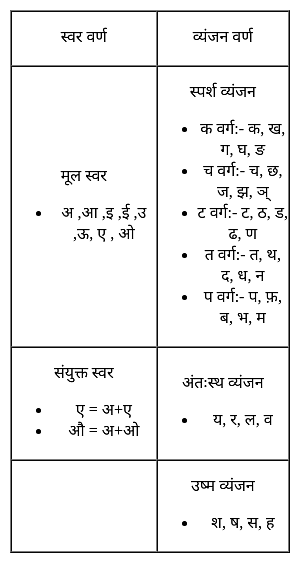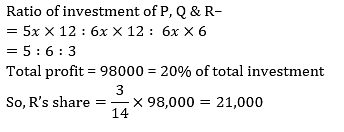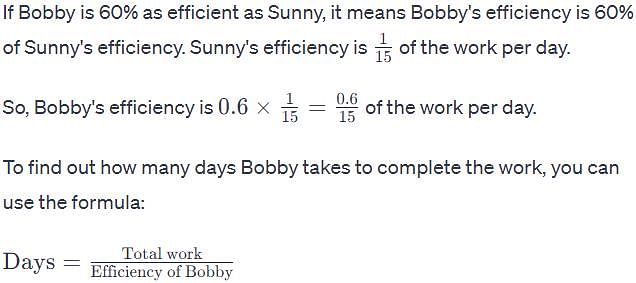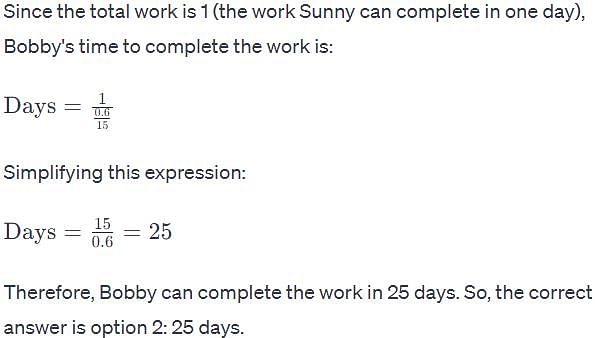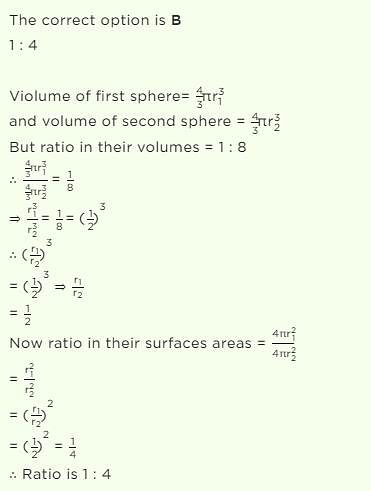HP JBT TET Mock Test - 6 - HP TET MCQ
30 Questions MCQ Test HP TET Mock Test Series 2024 - HP JBT TET Mock Test - 6
The factor that helps a teacher to solve problems like backwardness, cheating, indiscipline, and improper environment is
A teacher can be instrumental in protecting the Rights of the Child in the school. One of the important role of teacher according to RTE is
| 1 Crore+ students have signed up on EduRev. Have you? Download the App |
In a class having learners from various linguistics identities, a teacher should practice:
Read the given passage carefully and answer the questions that follow:
Once upon a time, there was a young girl named Lily who loved to read books. She would spend all her free time in the library, reading all sorts of books. Her parents encouraged her love for reading and would often gift her books as presents. One day, while browsing through the library, Lily did stumble upon a book that was unlike any other. The book was old and dusty, and the cover had a strange symbol on it. Lily was intrigued and decided to take the book home to read. As soon as she opened the book, strange things began to happen. The room filled with a bright light, and Lily felt herself being transported to another world. She found herself standing in a beautiful garden filled with exotic flowers and trees. The sky was a brilliant shade of purple, and the air was filled with the sweet fragrance of flowers.
Lily explored this new world for hours, meeting friendly creatures and experiencing new adventures. As the day drew to a close, Lily realized that she needed to find her way back home. She searched for the book that had brought her here but couldn't find it. Just as she was about to give up hope, a kind old man appeared and asked her what was wrong. Lily explained her situation, and the old man smiled and told her that she needed to solve a riddle to find her way back home. The riddle was difficult, but Lily was determined to solve it. After hours of thinking, she finally figured out the answer. The old man congratulated her and led her to a portal that would take her back home. Lily found herself back in her own room, holding the old book in her hands. She couldn't believe what had happened and wondered if it had all been a dream. She opened the book again, but this time, everything was as it should be.
Q. What could be the appropriate title for the above passage?
In the following question, a sentence has been given in Active/Passive Voice. Out of the four alternatives suggested, select the one which best expresses the same sentence in Passive/Active Voice.
I have seen him.
In the following question, four words are given out of which one word is incorrectly spelled. Find the incorrectly spelled word.
Choose the correct meaning of the given proverb/idiom.
To catch a tartar
उतर गई लोई तो ____________। सही विकल्प का चयन करके लोकोक्ति पूरी कीजिये।
Two friends P and Q stared a business investing amount in the ratio of 5: 6. R joined them after 6 months investing an amount equal to that of Q’s amount. At the end of year, 20% profit was earned which was equal to Rs. 98,000. What was the share of R?
What is the area of a right-angled triangle with 12 meter base and 13 meter hypotenuse?
Sunny can complete a work in 15 days. If Bobby is 60% as efficient as Sunny, in how many days can Bobby complete the work?
Water is flowing at the rate of 5 km/hr through a cylindrical pipe of diameter 14 cm into a rectangular tank which is 50 m long and 44 m wide. Determine the time in which the level of water in the tank will rise by 7 cm 
For an article the profit is 160% of the cost price. If the cost price increases by 30% but the selling price remains same, then what is the new profit percentage?
If the ratio of volumes of two spheres is 1 : 8, then the ratio of their surface areas is :
The most effective teaching material for EVS teaching-learning is/are
a. Audio-visual aids.
b. Blackboard.
c. Hand-made models and charts.
d. Natural environment.
In a social science classroom, under the theme of National Movement, painting and photographs shown from a local museum express ______.
Consider the given statements regarding the special burial at Inamgaon and choose the correct option.
A) Adults were generally buried in the ground, laid out straight, with the head towards the north.
B) Vessels that probably contained food and water were placed with the dead.
Which of the following organizations is set to launch its "One Nation, One Registration platform"?
What is the theme of UNESCO on the ‘World Book Day 2023’?
The Supreme Court of India came into being on ___________.
Which raja of Kehlur princely state shifted the capital of his state from Sunhani to Bilaspur?
|
50 tests
|


